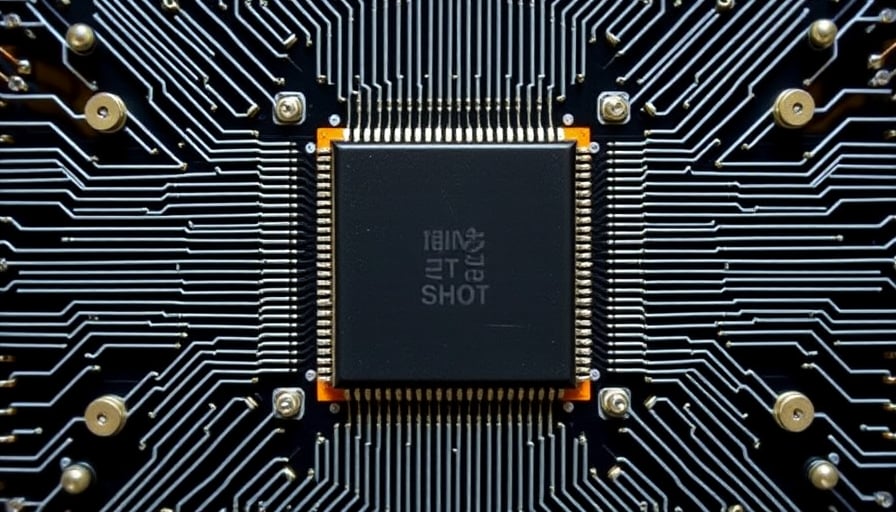MicroVision Inc., a company entrenched in the Information Technology sector, specifically within the Electronic Equipment, Instruments & Components industry, has been a subject of intense scrutiny and debate. As a Nasdaq-listed entity, MicroVision Inc. operates in a highly competitive and rapidly evolving market, where innovation and technological advancement are paramount. However, recent financial metrics and market performance raise critical questions about the company’s trajectory and strategic direction.
As of October 9, 2025, MicroVision Inc.’s stock closed at $1.26, a significant decline from its 52-week high of $1.95 on January 22, 2025. This downward trend is further underscored by the company’s 52-week low of $0.80, recorded on December 16, 2024. Such volatility in stock performance is indicative of investor uncertainty and skepticism regarding the company’s future prospects.
The market capitalization of MicroVision Inc. stands at approximately $409.31 million, a figure that belies the ambitious technological endeavors the company claims to pursue. The company’s primary focus is on the development of miniature displays and imaging engines, powered by its proprietary integrated photonics module (IPM) technology. This technology leverages two-dimensional micro-electrical mechanical system (MEMS) light scanning technologies, lasers, optics, and electronics to produce video or still images from a compact form factor. While the innovation behind IPM technology is commendable, the practical application and commercial viability of such advancements remain contentious.
A glaring red flag for investors and analysts alike is the company’s price-to-earnings (P/E) ratio, which stands at -3.46. This negative P/E ratio is a stark indicator of the company’s financial health, suggesting that MicroVision Inc. is not currently generating profits. In fact, it may be operating at a loss, a situation that is unsustainable in the long term without a clear path to profitability. This financial metric raises serious concerns about the company’s operational efficiency, cost management, and revenue generation capabilities.
The challenges faced by MicroVision Inc. are emblematic of the broader struggles within the tech sector, where companies often prioritize innovation and technological breakthroughs at the expense of financial stability and profitability. While the pursuit of cutting-edge technology is essential for maintaining competitive advantage, it must be balanced with sound financial management and strategic planning.
In conclusion, MicroVision Inc. finds itself at a critical juncture. The company’s innovative IPM technology and its potential applications in miniature displays and imaging engines are noteworthy. However, the financial metrics and market performance paint a less optimistic picture. For MicroVision Inc. to regain investor confidence and secure its position in the market, it must address its financial challenges, demonstrate a clear path to profitability, and effectively translate its technological innovations into commercially viable products. The road ahead is fraught with challenges, but with strategic adjustments and a focus on financial health, MicroVision Inc. has the potential to overcome its current predicaments and emerge as a leader in its field.
